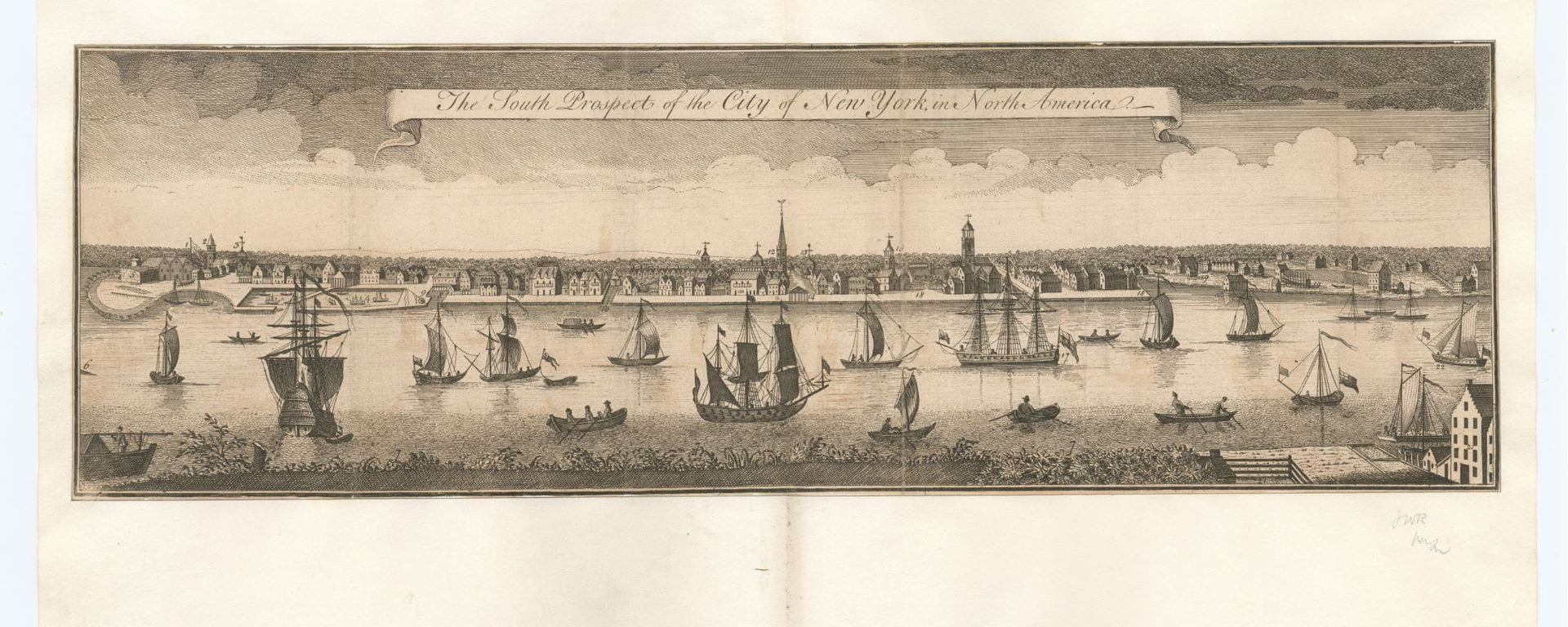As a historian at a small college, I have the privilege of branching out beyond my area of specialization to teach courses in different regions, time periods, and themes. I have overseen Reacting to the Past (RTTP) games that recreate debates over the merits of democracy in Ancient Athens or discussions about the validity of the scientific method outlined in Charles Darwin’s Origin of Species. But, as an Early Americanist, my absolute favorite game to teach is Bill Offutt’s Patriots, Loyalists, and Revolution in New York City, 1775-1776. The game, which I offer in a course called Riots and Rebellion in Early America, takes place in New York’s Colonial Assembly in 1775. Students adopt the roles of patriots, loyalists, and moderates arguing over whether to sign the Declaration of Independence and go to war with the British Empire. As wealthy, white male delegates haggle on the Assembly floor, the so-called “crowd” – of enslaved people, women, and working-class white men – leans forward from the balconies and offers cooperation, shouts threats, or occasionally invades the legislators’ space in violent riots. Among all the games I have offered in my courses or played at conferences with other faculty, none share the drama, kinetic momentum, or productive chaos of the American Revolution game.

I am firmly convinced that historical role playing games offer a range of pedagogical advantages. A wealth of academic literature lays out how RTTP games can heighten engagement by pushing students to delve into primary sources, appreciate the contingency of history, understand the perspectives of diverse groups of historical actors, and much more. After all, who wants to read about the American Revolution when you can actually do the American Revolution? Here, however, I will focus on one specific benefit, which also contains the seeds of what I see as the greatest challenge of teaching with historical games. In my experience, most of the energy that students invest in gameplay comes from their innate competitiveness and drive to win. I do not offer grade bonuses to the side that comes out on top; I do not think less of anyone who fails to achieve their personal game objectives. In the end, students choose to commit to their characters (even at the risk of a college kid’s greatest fear: looking uncool) because they want to win.

First, the benefits. My primary goals in the Riots and Rebellion class are to teach students how to read, write, and think like historians and to appreciate that even historical figures as distant as eighteenth-century Americans were real people faced with real decisions, not altogether different from ourselves. When the seemingly abstract characters, ideas, and documents of the Revolution become a game with winners and losers, students’ built-in competitiveness pushes them to engage with course goals far more thoroughly than they would otherwise. I often struggle to encourage the class to care about reading Thomas Paine or John Locke. In the game, they dive into primary sources, not simply because I assign them, but because preparedness gives them the chance to skewer their opponents with pointed questions about, say, the wisdom of a small island like Britain ruling over a whole continent, or what it means to consent to taxation. They think carefully about how power dynamics and privilege shape the possibilities for different kinds of people as they seek to make potent allies and avoid making potent enemies. They come to recognize the contingency of history – the idea that outcomes are not determined, that people’s choices matter – as they watch the game unfold in often unpredictable ways as players make decisions. Put simply, in a competitive atmosphere where the outcome is uncertain, all the skills that I try to teach young historians–reading, writing, arguing, critical thinking – become part of the fun.

Yet the very competitiveness that makes RTTP engaging must be managed carefully. Perhaps it’s unsurprising that sessions of the American Revolution game can become uncivil, to put it mildly, because the American Revolution itself was not exactly a come-together moment for all the inhabitants of the colonies. Players in the game are supposed to shout each other down, ask tough questions, trade tit for tat, stab each other in the back, and, at times, threaten other characters with serious injury or even death. That’s all normal and expected. However, I have found that the emotion and anxiety in the game, born partly out of students’ desire to win, can often carry over into real hurt feelings that last beyond the end of a session. As it would be for anyone, myself included, it is hard for students to distinguish the adversarial nature of the game from real-life animosity. A successful Gamemaster will harness students’ competitiveness to get the most out of the game; they will also limit how much antagonistic gameplay is allowed and remind everyone consistently–before, during, and after–that the game is just that: no more than a game.

Brett Palfreyman is an Associate Professor of History at Wagner College in New York City. He’s currently working on a book manuscript about the fate of Loyalists who chose to remain in the independent United States after the American Revolution.
Links to Other Teaching with Games Roundtable Posts:
The Royal Geographical Pastime: A Game from 1770 – Holly Brewer
Indigenous Perspectives and Historical Empathy – Maeve Kane
Gaming the Framing: To Teach the Convention, the Constitution, and the Founding – John Patrick Coby
Reacting to the Past for Early Americanists – Elizabeth George
Building Student Engagement with Reacting to the Past – Christopher E. Hendricks
Controlled Chaos: Roleplaying Revolution in Southeast Texas – Brendan Gillis
See the Q&A feature for a summary of the roundtable’s key ideas.

